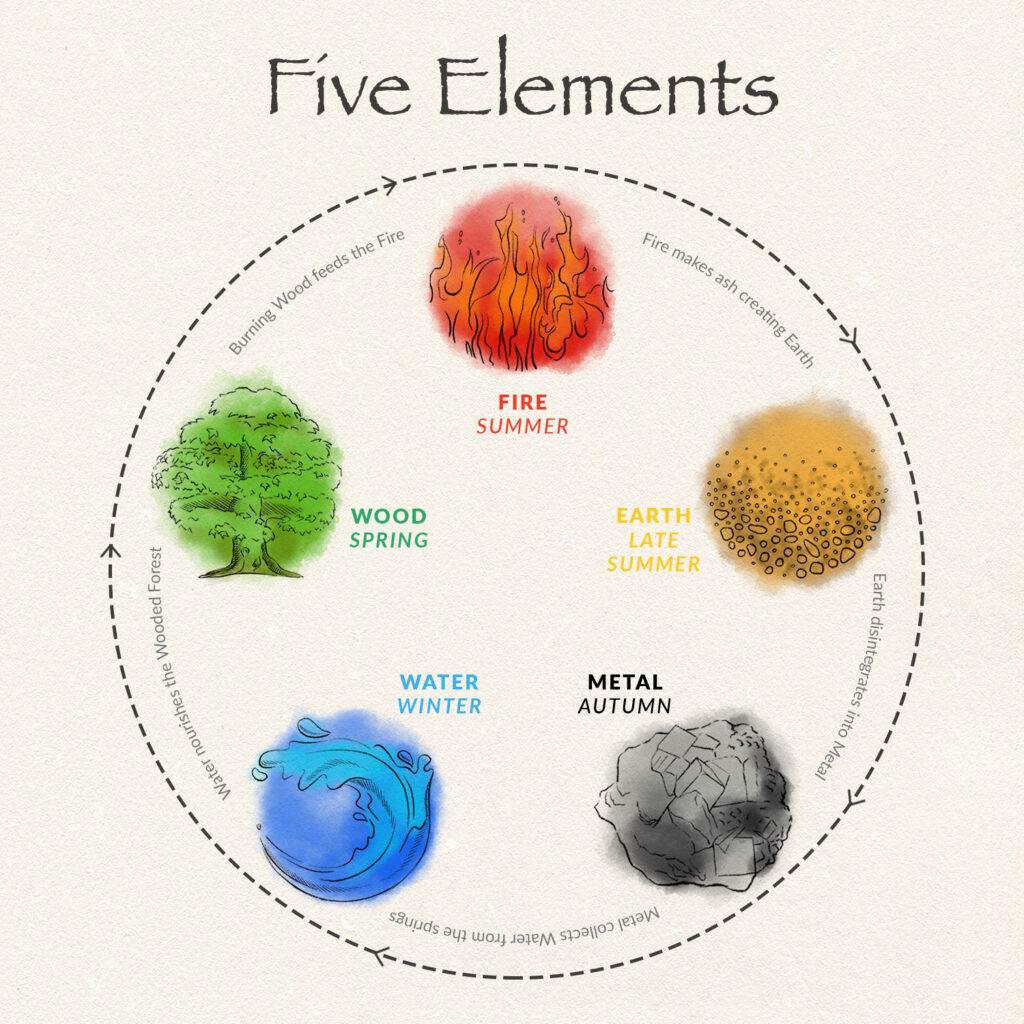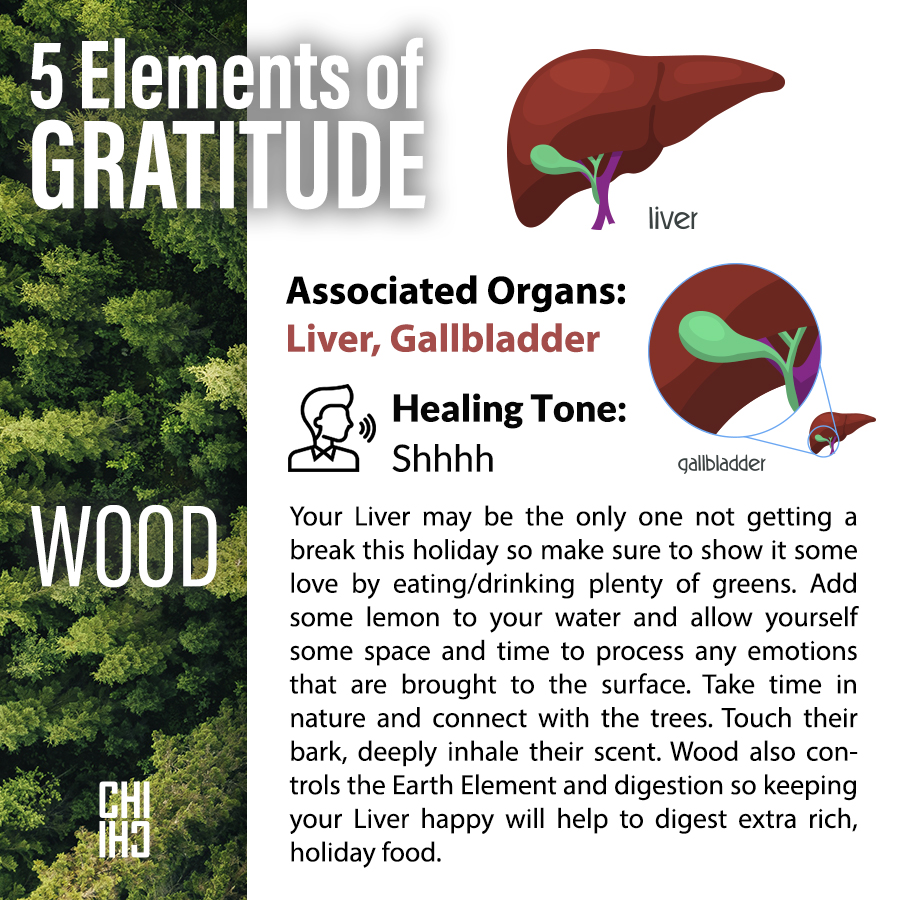Welcome to the final installment of our series on the basics of Traditional Chinese Medicine (TCM). In the previous four blogs, we delved into the essential principles of the Fire, Earth, Metal, and Water elements. Today, we will conclude our journey by exploring the dynamic and vital Wood element in TCM.

Understanding the Wood Element in TCM
The Wood element, represented by the Chinese character 木 (mù), plays a significant role in the balance of energy within the body and the world. This element is closely associated with the liver and gallbladder organs, as well as the spring season.
Characteristics of the Wood Element
In TCM, each element is associated with specific characteristics, and the Wood element is no exception:
- Springtime Vitality: Just as nature awakens in spring, the Wood element represents the energy of growth, renewal, and expansion. This energy is essential for moving forward in life, setting and achieving goals, and embracing change.
- Liver Qi: The liver is the organ associated with the Wood element. In TCM, it’s often referred to as the “General” of the body, responsible for ensuring the smooth flow of Qi (vital energy) and blood. When the liver Qi is balanced, emotions are stable, and the body functions optimally.
- Emotional Balance: The Wood element governs emotions such as anger, frustration, and assertiveness. When in harmony, these emotions support healthy decision-making and self-expression. However, an imbalance can lead to excessive anger or irritability.
- Physical Manifestations: TCM practitioners consider the condition of your nails, eyes, and tendons to assess the state of the Wood element in your body. Brittle nails, eye problems, or muscle stiffness may indicate an imbalance.

Balancing the Wood Element
Balancing the Wood element is crucial for overall well-being. Here are some practices to help maintain harmony:
- Diet: Incorporate foods that support liver health, such as leafy greens, cruciferous vegetables, and sour foods like vinegar.
- Exercise: Engage in activities that promote the smooth flow of Qi, such as yoga, tai chi, and stretching exercises.
- Emotional Wellness: Practice stress management techniques like meditation and deep breathing to keep emotions in check.
- Acupuncture and Herbs: Consult with a TCM practitioner who can recommend specific acupuncture points and herbal remedies to balance your Wood element.
- Seek Harmony: Reflect on your life goals and make adjustments as needed. Embrace change and personal growth.
In conclusion, the Wood element in Traditional Chinese Medicine represents the energy of spring, growth, and the liver and gallbladder organs. Maintaining balance in this element is essential for emotional and physical well-being. As we wrap up our series on the five elements of TCM, remember that these principles offer valuable insights into holistic health and the interconnectedness of mind, body, and nature.
Thank you for joining us on this journey through the elements of Traditional Chinese Medicine. We hope this series has provided you with a deeper understanding of TCM’s rich wisdom and its potential to enhance your overall health and vitality. If you have any questions or would like to explore TCM further, don’t hesitate to reach out to a qualified TCM practitioner.



Recent Comments